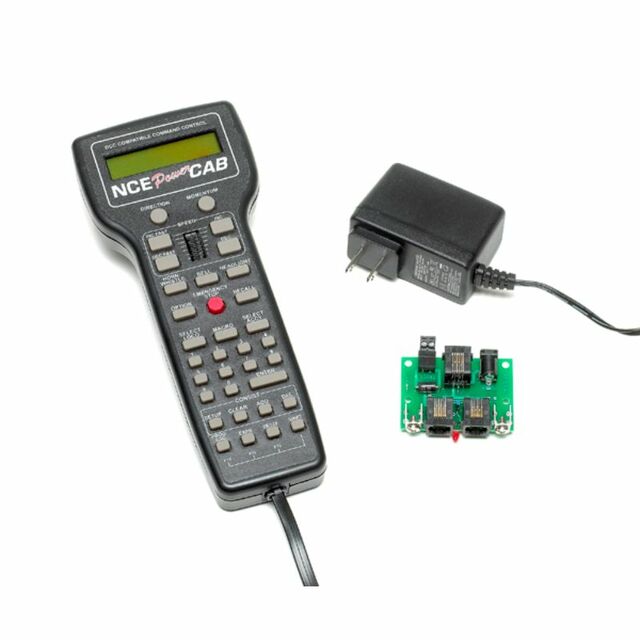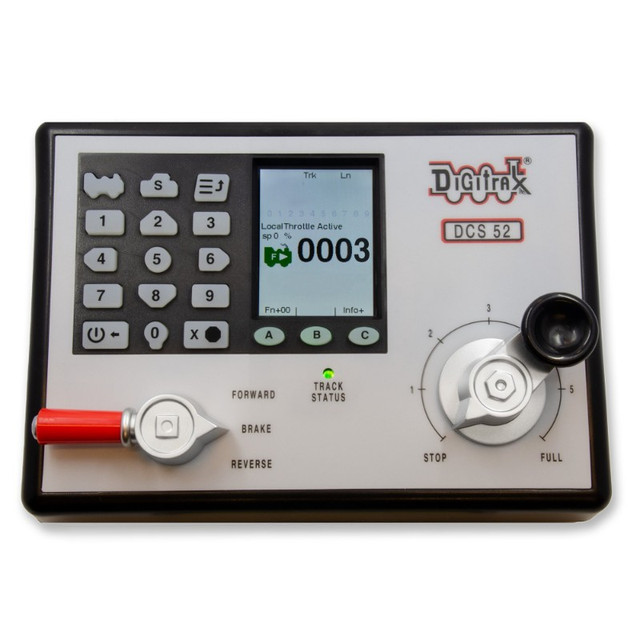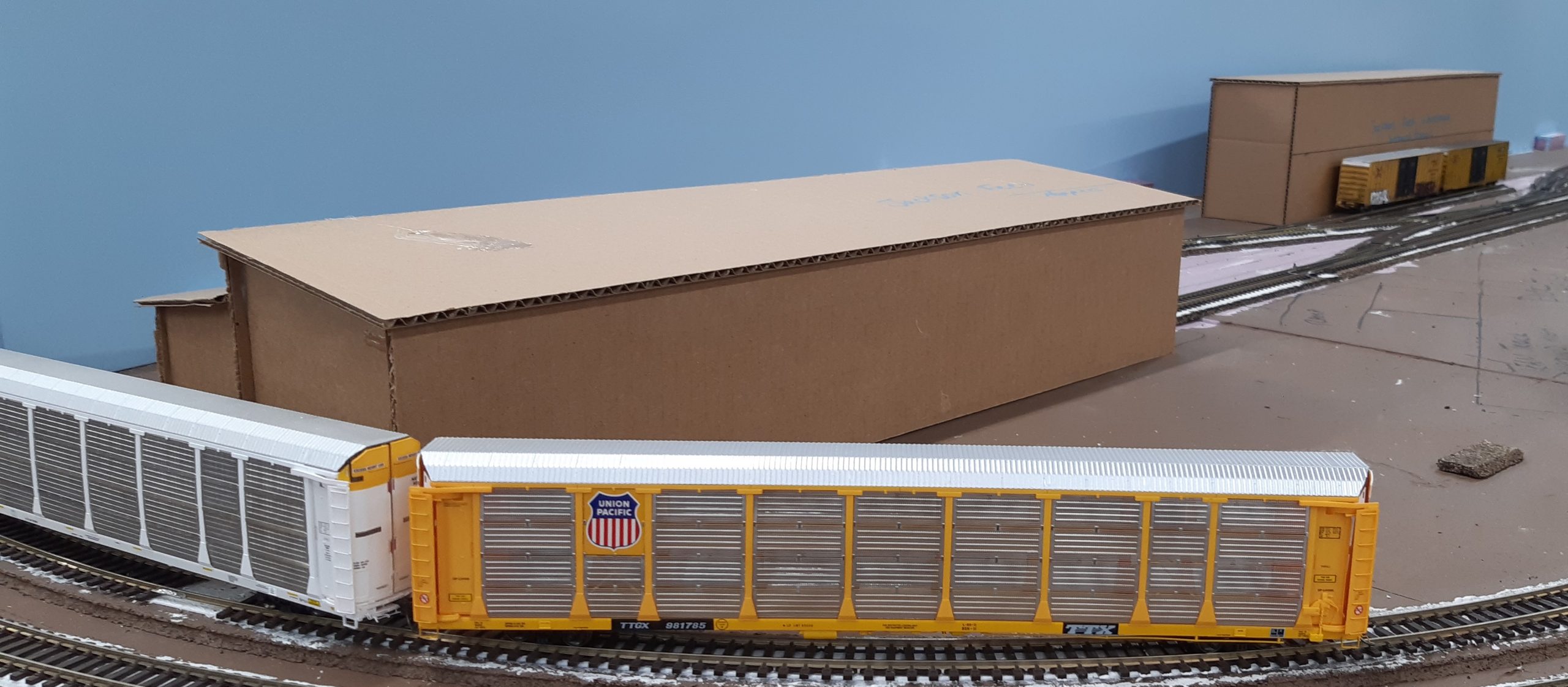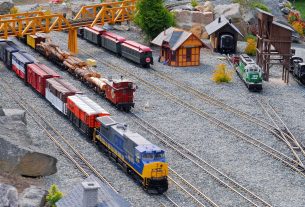A major part of model railroading in the past couple years has been the use of DCC (Digital Command Control) to operate locomotives, turnouts, and other items on the layout. And as time progresses, there is more and more things that can be done with DCC. Here we hope to introduce the very basics of DCC and what it can be used for on the layout. DCC uses an Alternating Current (AC) as opposed to the more traditional Direct Current (DC). This is because packets of information are being transmitted through the rails from a command station to your decoders (to be discussed here shortly).
DCC Bus
A DCC bus is simply two wires (power, ground) that continually run around the layout and have feeders that jump off and connect to the rails. By using a DCC bus, it becomes easy to make changes to your wiring. Not to mention it also makes the organization of your wiring all the better as well! Due to the electrical resistance of the rails, a DCC bus also provides better electrical reliability and consistency.
Command Station / Throttle
A command station (also known as a throttle) is the brains of the layout. Think of it as a central computer that you use to tell your locomotives what to do. Each brand of DCC system has different types of command stations and throttles, but essentially they all do the same basic function. They take input from a throttle (this is how you control the train) and then send it out as information along the DCC bus to the locomotives that have decoders in them. In computer networking terms, it can be called a “master” device.
Decoder
The decoder is simply an electronic board that interprets commands sent over the rails from the command station to run a locomotive. It is a “slave” device (computer terms again…) that simply reads in data from the command station/throttle and then runs outputs such as turning on headlights or making the motor of the locomotive speed up or down. In the case of sound equipped decoders, it also controls the sound. It is important to know whether a DCC decoder is DC compatible. Some decoders can run on DC layouts with minimal advanced control of functions, but some decoders simply can’t do this.
Functions
Functions are the outputs of a decoder and the physical things it can do. Functions include turning lights on and off, controlling servos, controlling motors, or making sounds. Decoders are often designed to only do so many functions, so make sure you always check to make sure a decoder has enough for you.
Booster
A booster is simply a device that takes in the data from the DCC bus and then amplifies it so the data can go farther along the layout without becoming too weak. If one has a small layout, they may not need a booster. However, if one has a layout spanning an entire basement, then at least one booster will be needed!
DCC Ready vs. DCC Equipped vs. DC
Many brands that produce locomotives offer two or three types of locomotives. The first one is normal DC, which is the traditional, more voltage means faster speed. The board in these models simply controls the basics of the motor. Often takes some tweaking to convert it to DCC. DCC Ready means that the model is currently a DC model, but can be converted to DCC with a DCC decoder. DCC Equipped (or “on board”) means that the DCC decoder is already installed and ready for use on a DCC layout (or DC if compatible).
These are the very basics of DCC and should help get you started. DCC is a growing part of the hobby that has far reaching effects for the entire layout. It can also become really advanced if one wants, as it rests on the modeler to determine how far in depth they want to go into it. Luckily, there are plenty of YouTube videos that help guide someone through the process as well as explain things further in depth such as converting decoders and creating your own command station.




